
The Armenian cuisine

The Armenian cuisine
Armenia is famous for the fact that on its territory live real masters from ancient times who are engaged in various crafts: embroidery, stamping, carpet weaving, jewelry business. Cooking, as well as creating alcoholic drinks, can also be called crafts, because some dishes of the Armenian cuisine are masterpieces of culinary art. Most of them can be prepared on your own, the main condition is the presence of all the necessary ingredients and cooking skills. Tasting your own cooked dishes can always be combined with watching Armenian TV series and TV shows, including a culinary show with Yegine, in order to benefit from these activities twice!
The history of the formation of the Armenian cuisine: early stages
The culinary traditions of Armenia are as ancient as the country itself. The Armenian cuisine appeared before our era, and its “ancestors” are residents of the ancient state of Urartu. Their main activity was hunting. The meat of wild animals was prepared simply: the pieces were strung on wooden sticks and fried over an open fire (bonfire). Although, sometimes another technology was used: the carcass of the extracted animal was completely laid out on hot stones, covered on top with another batch of hot stones. In fact, this design can be safely called the prototype of the grill.
A little later, the distant ancestors of the Armenians began to engage in agriculture and cattle breeding, which allowed to expand the list of prepared dishes and diversify the diet. At that time the Lavash appeared. It is noteworthy that since then the technology of its preparation and the recipe has not been changed much.
The Armenian national cuisine, the development of which began in ancient times, can now offer a huge number of dishes. For their preparation, a long list of products is used:
• groats,
• beans,
• vegetables, herbs and fruits,
• fish and meat;
• aromatic herbs;
• milk products, among which various cheeses are especially popular;
• nuts.
Tonir- hearth- frying pan

Some recipes of Armenian cuisine imply the use of a round clay roasting pan more like a hearth as the main technological equipment. That oven has its own name - tonir. In ancient times, tonir was also used to heat homes, and due to the shortage of wood, dung, grapevine and brushwood were used as fuel, instead of firewood. In the houses where large families lived, there were two similar devices: one for baking lavash, the other for cooking. Tonir can safely be called an "ancient slow cooker", because the hearth roaster is now used to prepare various dishes (stew fried, baked), smoked meat and fish, dried fruits and the most important - for baking lavash.
It is noteworthy that each respectable restaurant of Armenian cuisine, in addition to modern technological equipment, has a tonir “in service”. And this feature is characteristic not only for establishments located in the territory of Armenia. Many restaurants of Armenian cuisine - in Moscow, Yekaterinburg, Ulan-Ude, Surgut, Saratov, Vladivostok and other cities can offer national dishes “from tonir”! Equally importance is given cookware intended for cooking. By tradition, it is earthen or cupreous. By the way, some dishes got their name, due to the dishes: kchuch, putuk and tapak.
Features of the national cuisine of Armenia

1. The cooking process for most dishes is multi-stage and time-consuming. Prolonged beating, careful stuffing, the creation of multi-component fillings are just some operations performed by chefs. There are dishes that pass multi-stage heat treatment. For example, at first the ingredients are boiled, then - fried and finally - stewed! In the end, it turns out dishes that have an amazing taste, literally melt in your mouth.
2. The use of a large number of spices and seasonings. According to the most conservative estimates, 300-400 types of herbs, seeds and flowers are used to prepare national dishes of Armenian cuisine. It is noteworthy that spices do not exacerbate the taste of food, but complement it.
3. Due to climatic conditions, food is prepared using a large amount of salt.
4. Dishes of the Armenian cuisine, the recipes of which can be found on the Internet and periodicals, cannot be prepared without special skills. Moreover, this may require a set of products that are not available in every store.
5. The food that the Armenians are used to is very satisfying, but not heavy, due to the low fat content. Vegetable oils are practically not used, with the exception of sesame oil. The main fats are butter and ghee. The diet of Armenians is peculiar: a light breakfast, a not very heavy lunch and a hearty dinner.
6. No meal is complete without eating greens.
7. Traditional Armenian cuisine does not imply the active use of pork. Basically, lean meat is used for barbecue. The Armenians especially honor lamb, beef, poultry. Residents of areas located near Lake Sevan prefer trout.
Armenian drinks
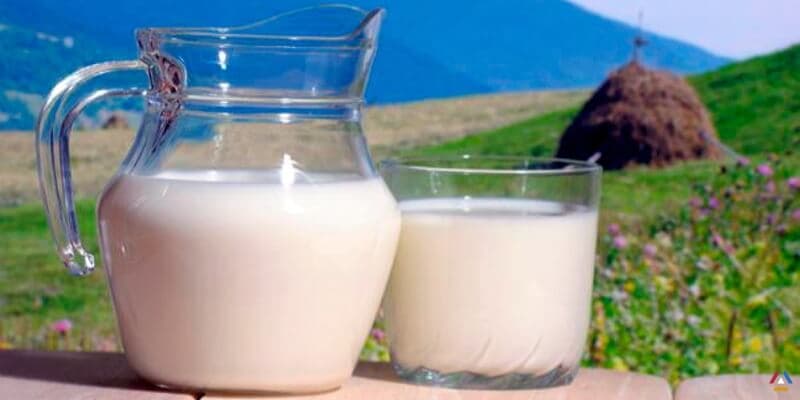
A person who comes to the cafe of Armenian cuisine orders not only national dishes, but also drinks, and not always non-alcoholic ones. It is noteworthy that even the inhabitants of the ancient state of Urartu began to engage in winemaking. The main product of their "distillery" was wine. Now, the “alcoholic visiting card” of Armenia is cognac. At the moment, 80% of the cultivated grapes are used for the production of cognac. Everyone knows the names of these noble drinks: “Ararat”, “King Tigran”, “Armenika”, etc. But the brandy “Dvin” is the real legend, which Winston Churchill loved to drink.
As for soft drinks, in Armenia tea is not particularly respected. And if it is used, then in the form of drinks prepared from herbs – mint, Saint-John's-wort, thyme. Coffee is more popular, and it is prepared “in Turkish” in Armenia. The real national drink is the Jermuk mineral water, which is extracted from the mountain springs of the province of the same name. Matsun is popular from sour-milk drinks, prepared from sheep's milk. It is used daily, as it quenches thirst well and benefits the body. A variation of this drink is kamats-matsun, which has a thicker texture and sour taste. By the way, salads of Armenian cuisine, in most cases, are seasoned with them!
Meat dishes
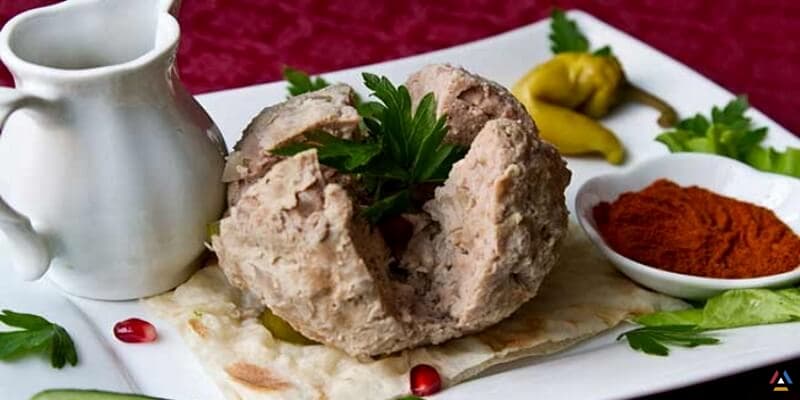
It is difficult to imagine Georgian, Armenian cuisine without meat dishes. When the Armenians began to engage in cattle breeding, this was not a reason for refusing to eat birds and meat of wild animals. At the moment, there is a huge list of meat dishes, and the preparation of some of them involves the use of several types of meat. For example, arganak is made from venison and chicken. As mentioned above, pork is not a favorite type of meat for Armenians. Nevertheless, in some areas such dish is common as hozapuht (smoked pork). Basturma and dried sausage (sujuh) are not the only national delicacies made from meat. Armenian cuisine can offer a long list of other meat dishes:
1. Soups - khash, kololik, bozbash - these are the most common and beloved first courses. Moreover, in each area - their own recipes. Soups of Armenian cuisine are prepared according to various recipes. And having tried the khash in Yerevan, it is impossible to say with certainty that a similar dish served in Sisian will taste the same.
2. The second dishes - dolma, boraki, kololak, casserole are prepared from chopped or ground meat.
3. Meat dishes of "whole" meat or sliced. A roast spit roast is now quite a rare occurrence. But it is impossible to imagine homemade Armenian cuisine without barbecue, which is prepared mainly from lamb. Each family has its own marinade recipe. Kchuch - meat baked with vegetables in earthenware. If you fry it first, and then stew it with vegetables and fruits, you will end up with a pastor. Tyal is a more versatile meat dish, prepared for both “momentary consumption” and future use, but with a slightly different recipe.
4. Dishes from offal. They also belong to the category of meat. And a bright representative is tzhvzhik - a dish of Armenian cuisine, prepared from beef heart, lungs and liver.
5. Dishes from birds. That is tarhana with noodles, taron soup, and a variety of main dishes, in the preparation of which chicken or another bird is not fried, but boiled or stewed. Distinctive feature: sweet and sour sauces are served to the bird, consisting of dried or fresh fruits, spicy herbs.
Variety of Armenian cuisine
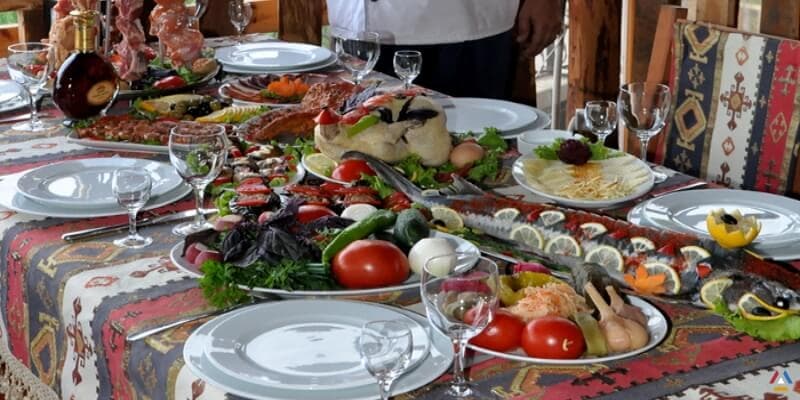
It is impossible to recall and describe all the national dishes of Armenia, because the Armenian cuisine is so diverse that all recipes will not fit into dozens of volumes of cookbooks. In every locality, and even family, healthy and delicious dishes of Armenian cuisine are prepared in different ways. It is noteworthy that there is even a list of national dishes that every person needs to try at least once in his life, regardless of his nationality. These are sujuh, alani, hapama, tabula, matsnapur, gata, hash. Lavash and kebab can be included in this list, but for the most people this is usual food.
0
11:42 24-12-2019
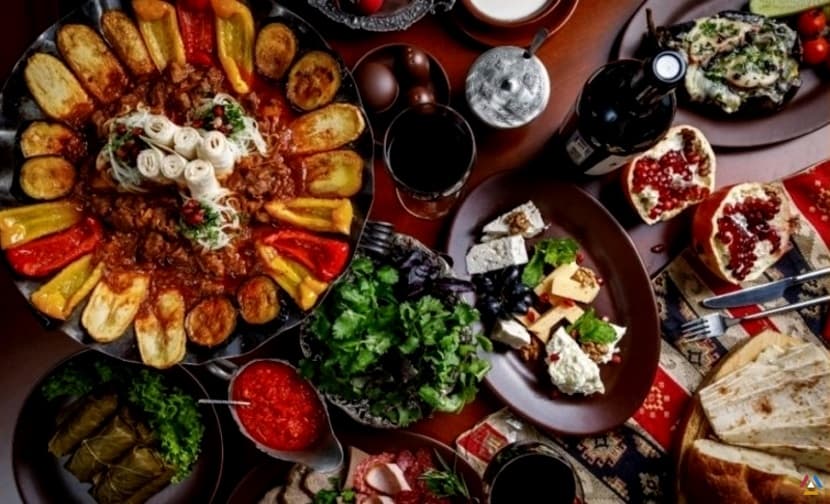
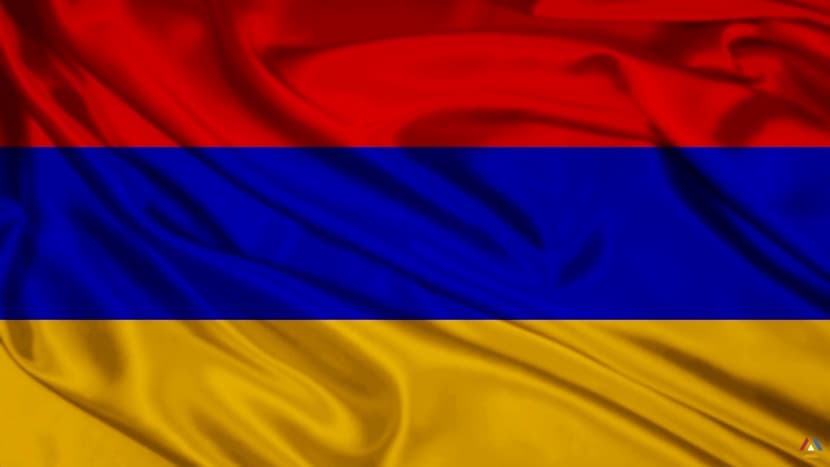
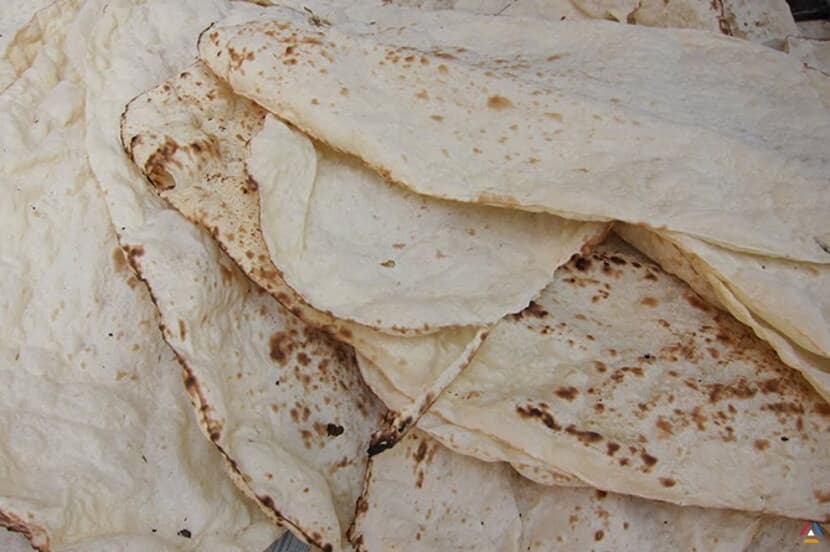
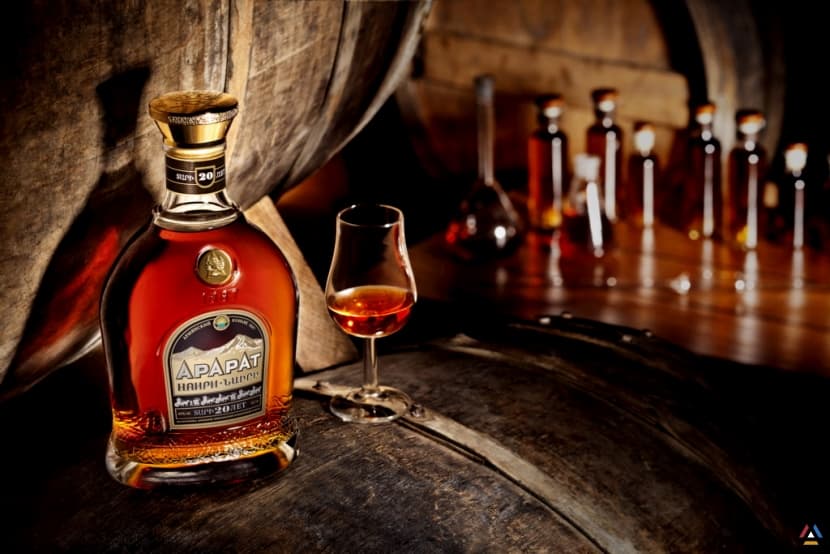


 Հայերեն
Հայերեն  Русский
Русский
Dear visitor, if you have a minute please leave your comment about the film or series. Thank you.